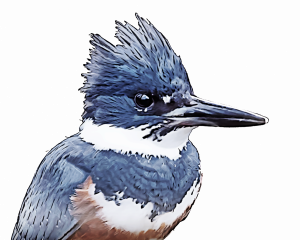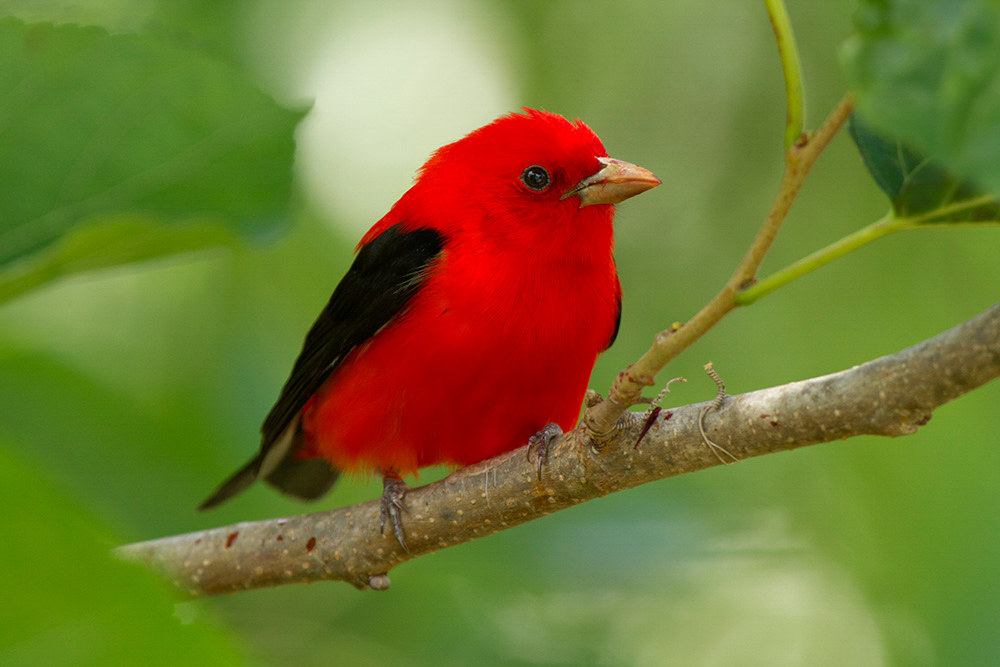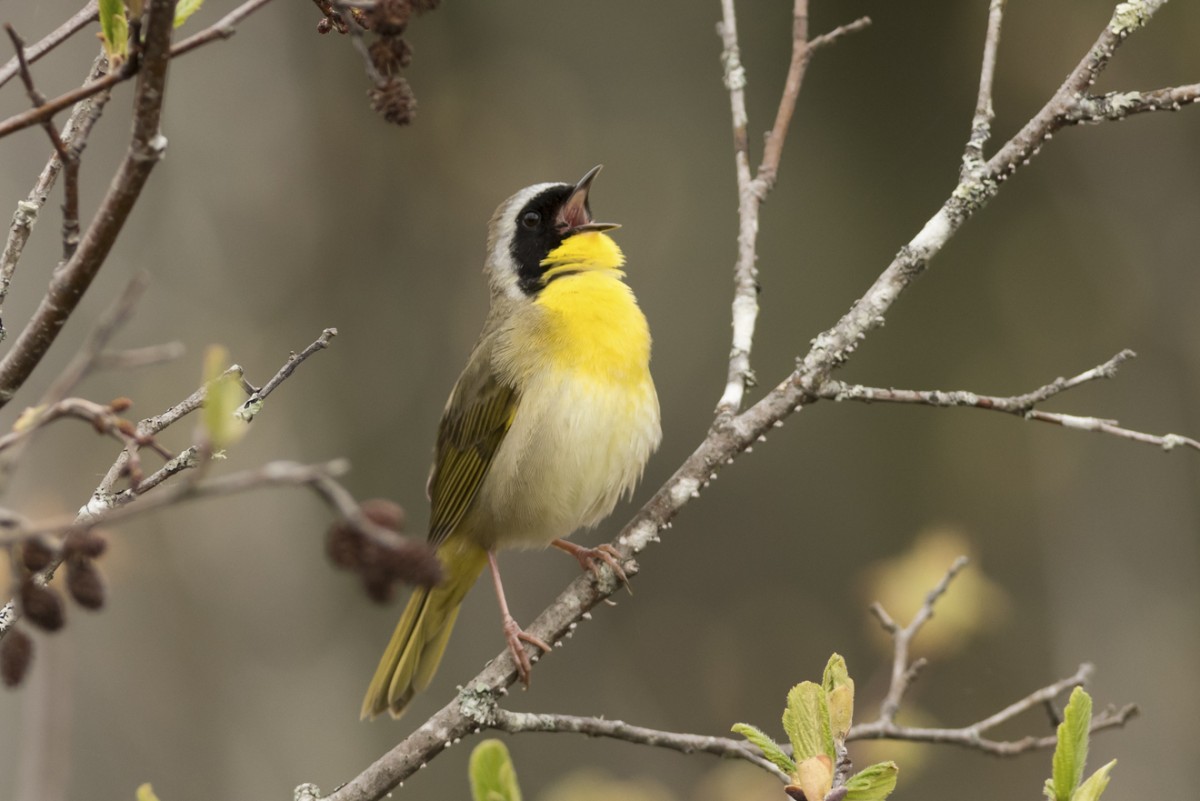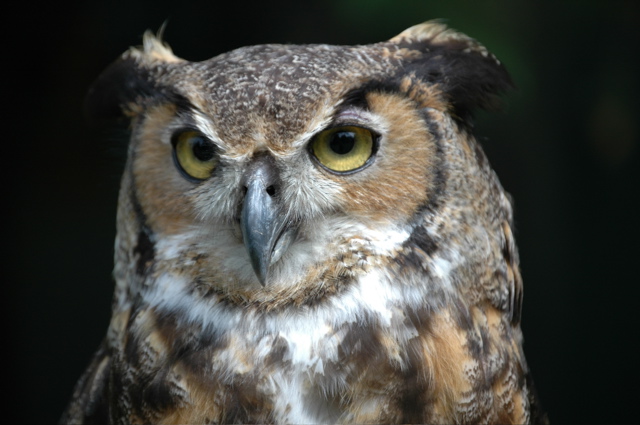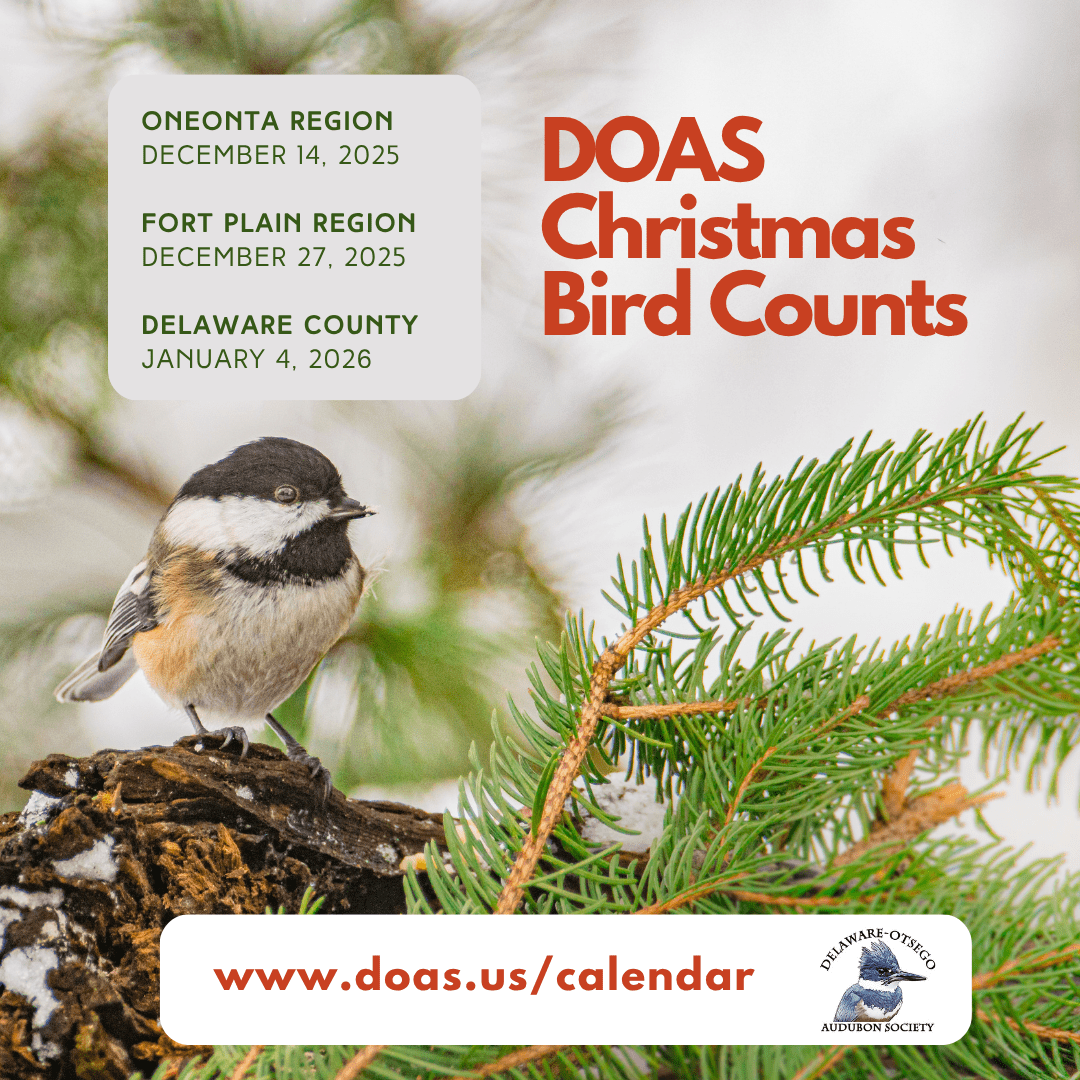Pileated Woodpecker Tree
Take a peek at this tree. What do you notice? One may look at this tree and consider it a waste of space that living plants could utilize, but late trees such as this one are just as important as living plants for maintaining the ecological health of an environment. A tree’s life cycle does not end upon the plant’s death as it serves to provide shelter, food, and nutrients to a wide variety of organisms as it rots and decomposes. Bugs, fungi, and other decomposers thrive in decaying wood, providing food for insect-eating organisms like woodpeckers.
Pileated woodpeckers (Dryocopus pileatus) leave large, rectangular holes when searching for food, such as the fresh one found on this tree. Evidence of Pileated woodpecker feeding can attract other woodpeckers and nuthatches to these feeding sites, adding to the quantity and quality of holes found in dead trees. Later, these recesses in the trees can be utilized as homes for other creatures, including birds such as ducks, owls, and swifts who prefer to nest in small cavities.
